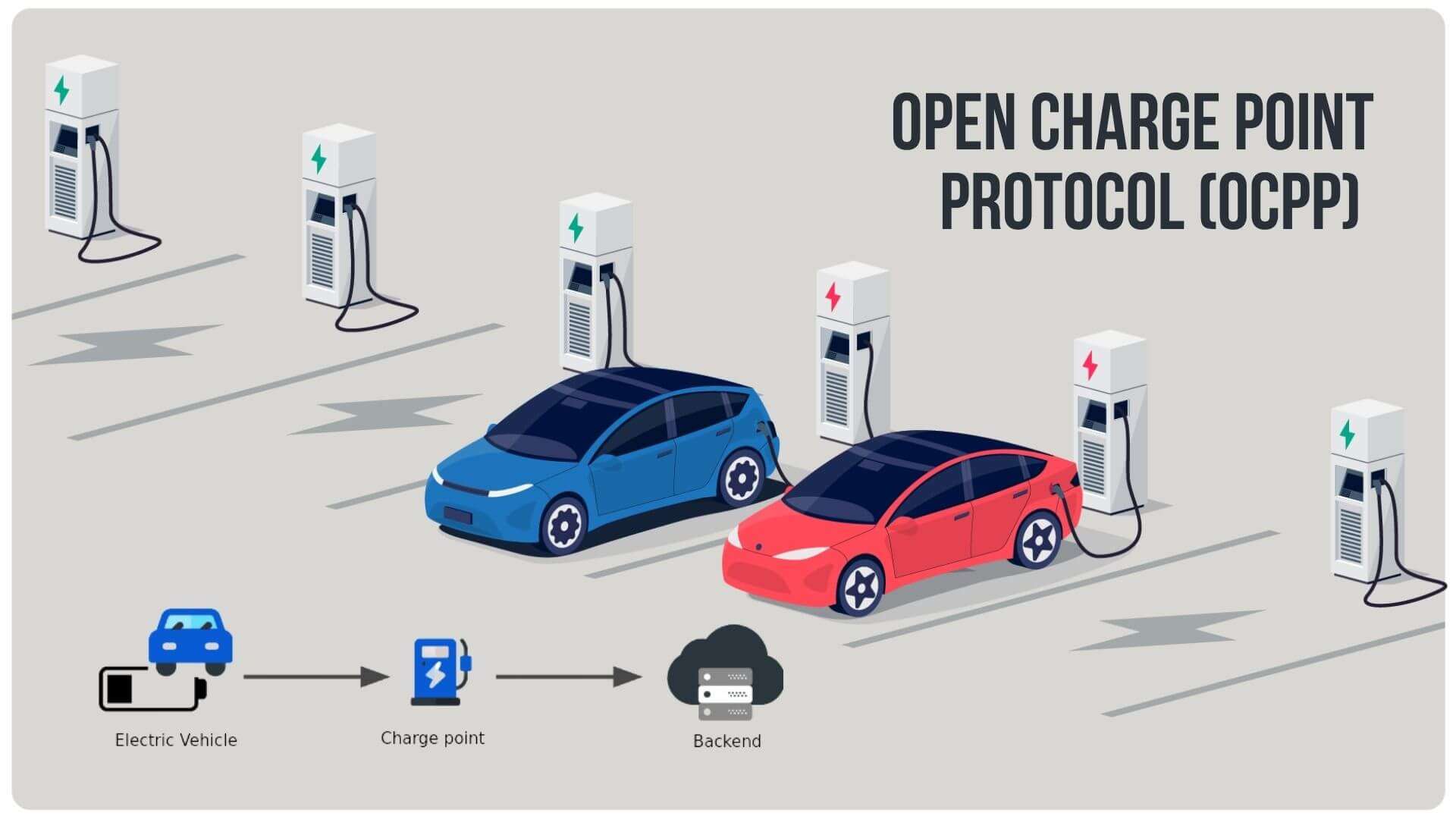 How the Open Charge Point Protocol 1.6 is Revolutionizing Electric Vehicle Charging
How the Open Charge Point Protocol 1.6 is Revolutionizing Electric Vehicle Charging
As electric vehicles continue to gain popularity, the importance of a reliable and efficient charging infrastructure becomes increasingly critical. One of the primary challenges in this field is the interoperability and connectivity between different charging stations and networks. To address this issue, the European Committee for Standardization (CEN) developed the Open Charge Point Protocol (OCPP) 1.6, an open standard protocol that enables communication between EV charging stations and networks.
OCPP 1.6 offers a standard message format and transmission protocol for exchanging information between charging stations and networks, including features like starting and stopping charging, querying battery status, and processing payments. The protocol also includes various security features, such as digital signatures and authentication, to ensure accurate and secure information transmission between charging infrastructure.
By using OCPP 1.6, different brands of charging facilities can achieve interoperability and connectivity, allowing seamless communication between charging infrastructure. This means that EV users can request charging at one station and switch to another without worrying about using different charging cards or payment methods. The protocol provides users with more convenient and efficient charging services.
Furthermore, OCPP 1.6 enables charging network operators to connect their networks through the OCPP backend, whether for free or for a fee. The backend can be hosted either privately or publicly, providing charging network operators with greater flexibility and control. It also provides a standardized protocol for OCPP server communication, making it easier to develop and integrate charging stations and networks.
The benefits of OCPP 1.6 extend beyond just EV users and charging network operators. The protocol also plays a crucial role in promoting the widespread adoption of electric vehicles. By simplifying the charging process and making it more accessible, OCPP 1.6 helps to remove one of the biggest barriers to entry for many potential EV owners.
In conclusion, OCPP 1.6 represents a significant step towards enabling interoperability and connectivity in EV charging infrastructure. Its use allows for seamless communication between different charging stations and networks, providing users with more convenient and efficient charging services. The protocol also enables greater flexibility and control for charging network operators, contributing to the development of a more comprehensive and efficient charging network. Ultimately, OCPP 1.6 helps to promote the widespread adoption of electric vehicles, making them more accessible to consumers.
